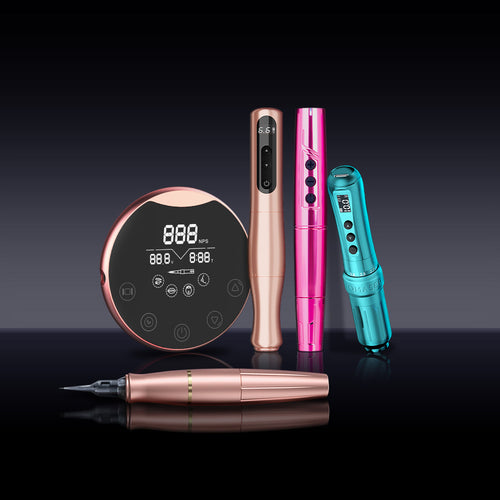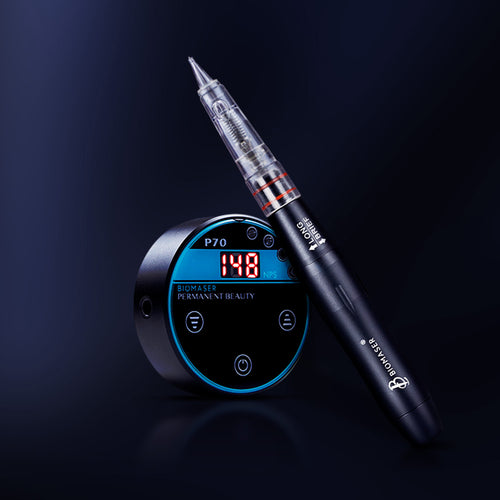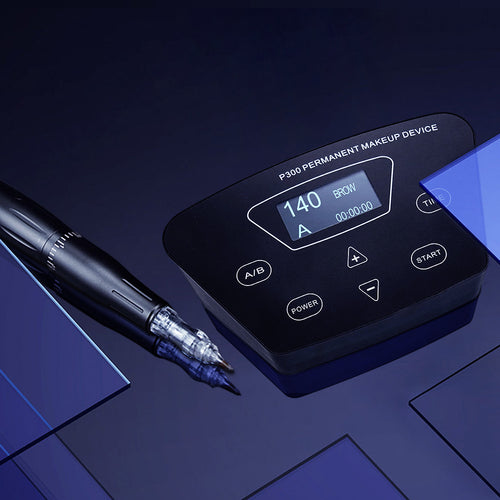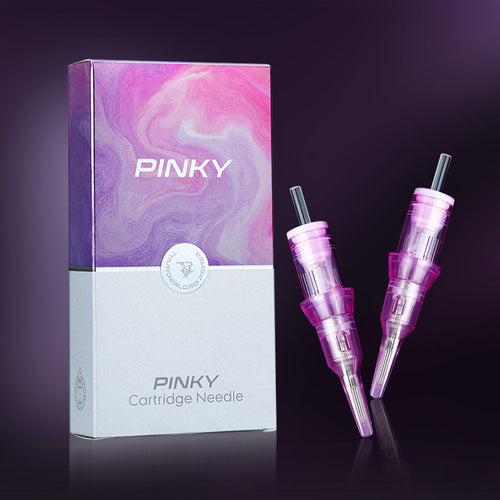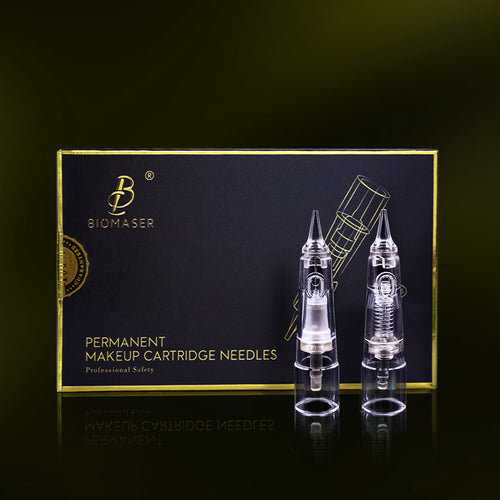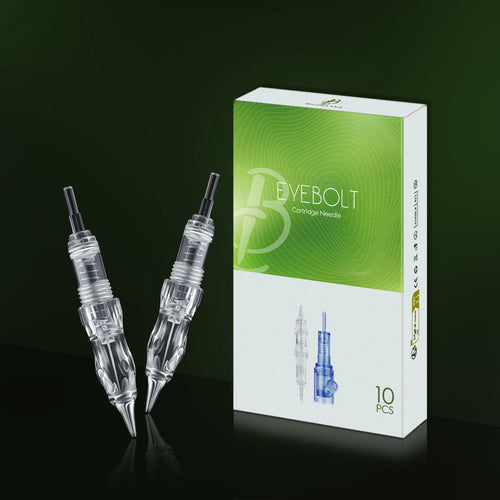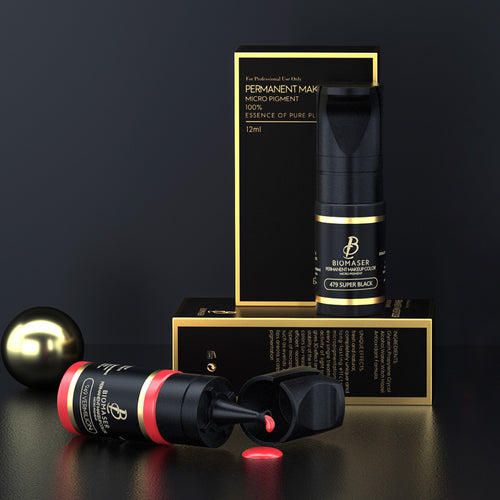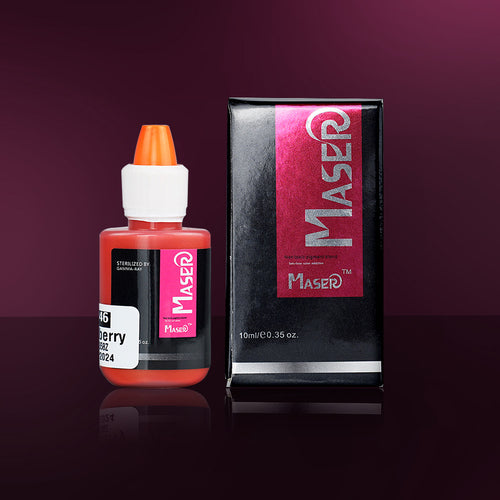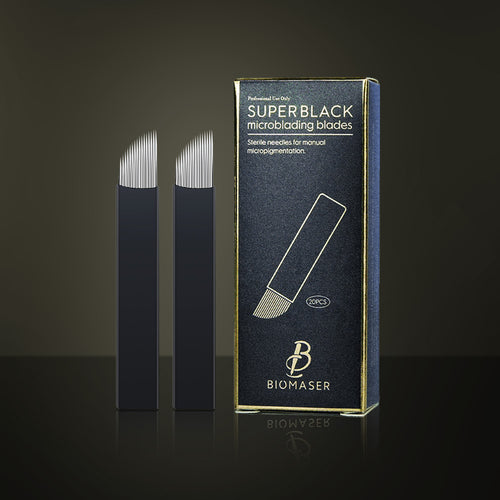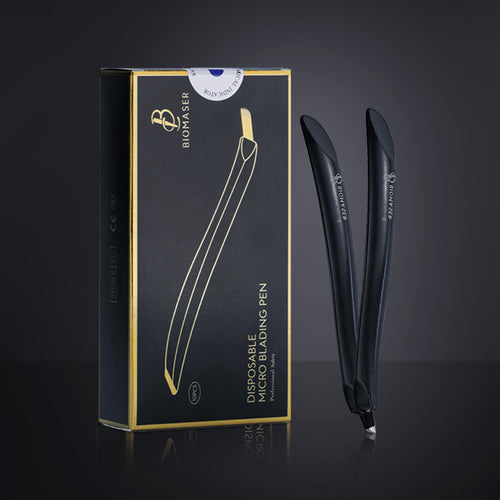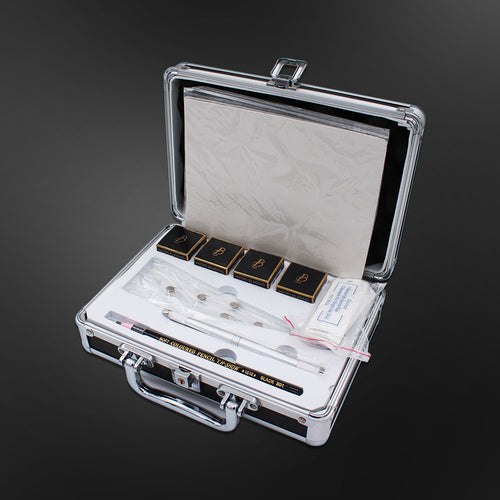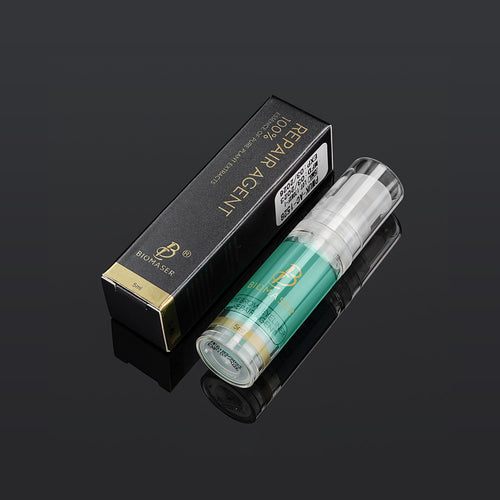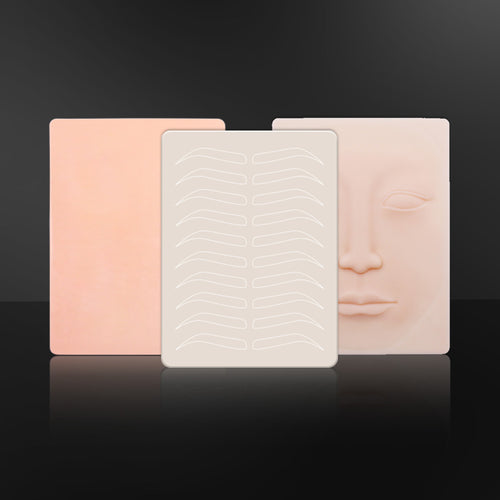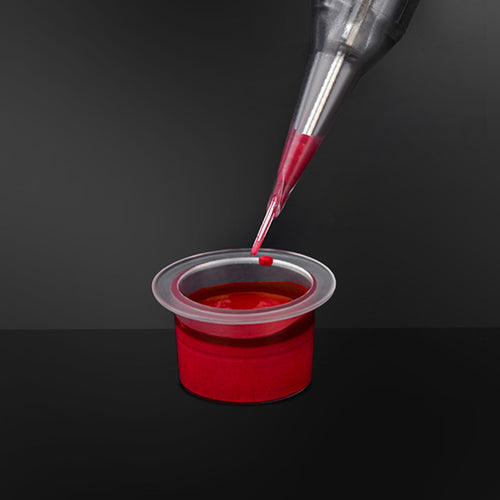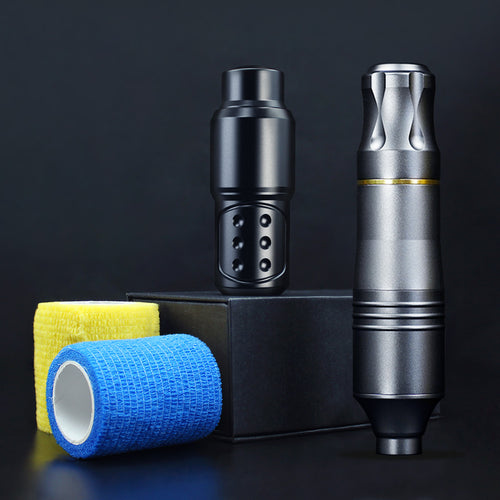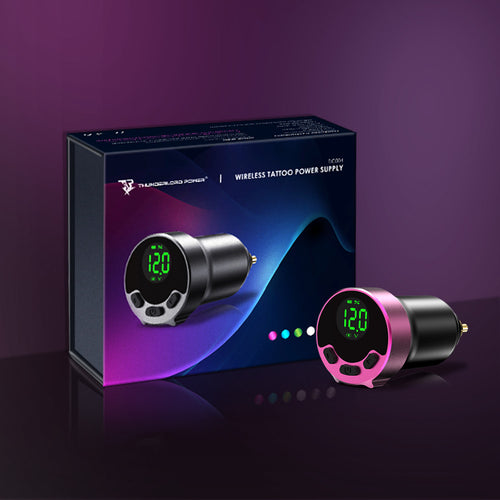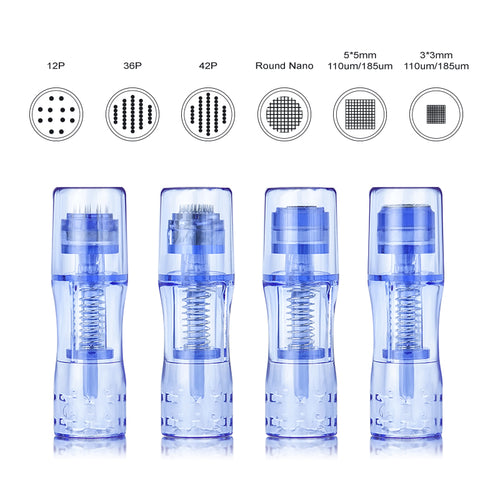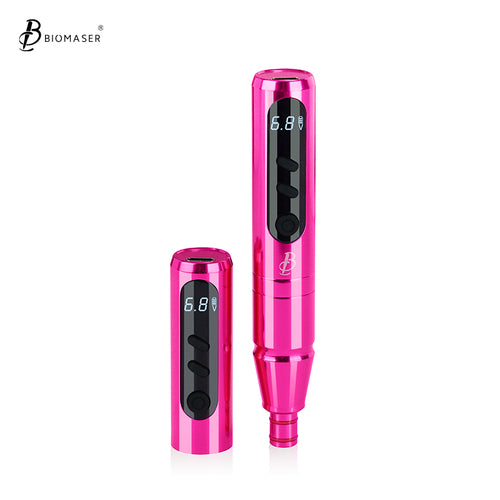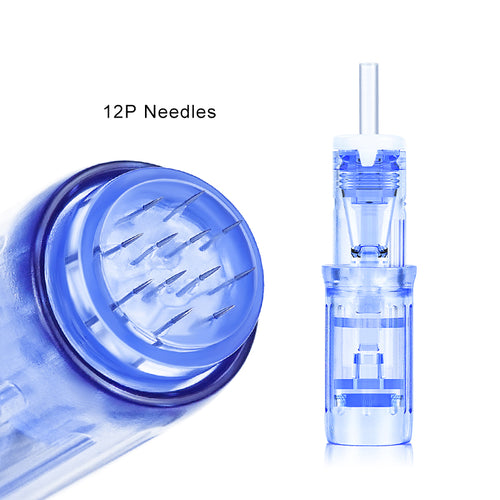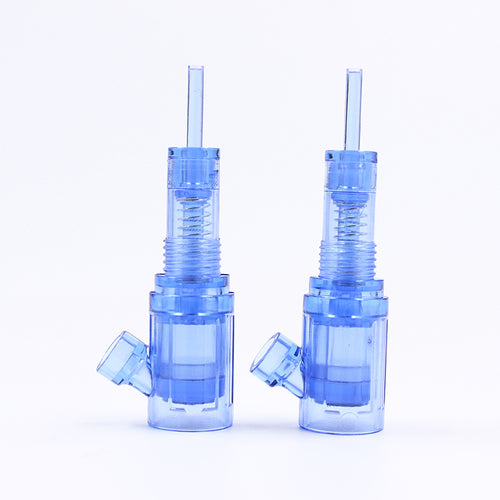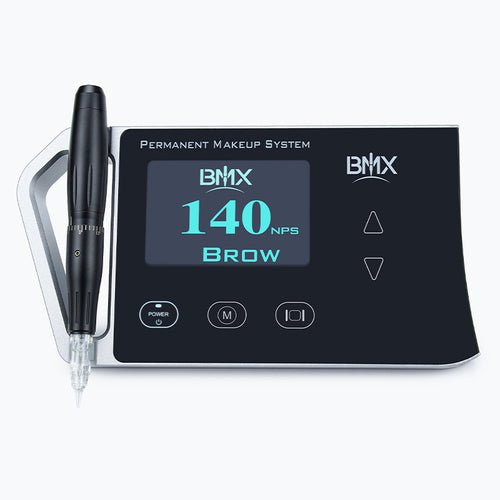How Important Is It for You to Sterilize Microblading Equipment?

Microblading is a revolutionary technique in the beauty industry, offering a semi-permanent solution for fuller, natural-looking eyebrows. However, the allure of this meticulous artistry goes hand-in-hand with a significant responsibility — ensuring the utmost safety through proper sterilization of microblading equipment. This article talks about the crucial role that sterilization plays in the microblading process, outlines the risks associated with non-sterilized tools, and provides a comprehensive guide to the sterilization standards necessary for safe microblading practices. Whether you are a seasoned technician or a prospective client, understanding the importance of this critical step is essential for anyone involved in the world of microblading.
Why Is Sterilization Essential in Microblading?
Microblading is an art form that promises to enhance the beauty of your brows, but beneath its aesthetic promise lies a critical component: the need for rigorous sterilization. Each stroke in the microblading process is created by making small incisions in the skin to deposit pigment. Because the skin's barrier is compromised, the risk of introducing pathogens is significant.
The Microblading Toolkit
A typical microblading toolkit includes various items such as needles, handles (also known as microblading pens), pigment rings, and measuring tools. Each of these components comes into close contact with the skin or pigment and, therefore, has the potential to harbor harmful microorganisms if not properly sterilized.
Sterilization vs. Disinfection
It's crucial to understand the difference between sterilizing and disinfecting. Disinfection can reduce bacteria to safe levels, while sterilization actually kills all forms of microbial life, including fungi, bacteria, viruses, and spores. For microblading equipment that penetrates the skin, simple disinfection is not enough; complete sterilization is mandatory to prevent infections.
Why Sterilization Matters

Risks Associated with Non-Sterile Microblading Practices
When non-sterile tools are used in microblading, the consequences can be severe and far-reaching.
- Health Risks: The primary concern with unsterilized microblading equipment is the potential for infection. Bacteria such as Staphylococcus aureus, which can live on non-sterilized surfaces, may cause conditions ranging from skin infections to life-threatening diseases like MRSA. Viral infections, including hepatitis B and C, can also be transmitted through contaminated needles, posing grave health risks to clients.
- Allergies and Adverse Reactions: Non-sterile environments increase the likelihood of cross-contamination with allergens, which can lead to allergic reactions. Pigments or other substances that have been improperly handled may introduce allergens into the skin, causing anything from mild irritation to severe allergic responses.
- Scarring and Poor Healing: Using non-sterile equipment can not only cause infections but also result in poor healing outcomes. The presence of bacteria can interfere with the skin's natural healing processes, potentially leading to scarring and uneven pigment application—the antithesis of the desired microblading result.
- Legal and Professional Consequences: Beyond the physical risks to clients, there are significant legal repercussions for technicians who neglect proper sterilization protocols. Penalties can range from fines and loss of certification to litigation due to malpractice. The damage to a professional's reputation can be irreparable.
The Sterilization Process for Microblading Tools
Ensuring the safety of each microblading session begins long before the first pigment is applied. It starts with a rigorous sterilization process that every reputable technician must follow meticulously.
Cleaning Comes First
Before sterilization can begin, each tool must be thoroughly cleaned. This removes any pigments, biological matter, or other debris that might shield microorganisms during the sterilization process. Technicians typically use medical-grade cleansers designed to break down all types of residues.
The Autoclave
The cornerstone of effective sterilization in microblading—and indeed in the wider medical and dental industries—is the autoclave. This machine uses pressurized steam to reach temperatures high enough to destroy all microbes. After cleaning, microblading tools are sealed in pouches and placed in the autoclave, where they undergo this high-temperature treatment for a specific amount of time, as determined by health regulations.
Chemical Sterilants for Delicate Items
For items that cannot withstand the high heat of an autoclave, chemical sterilants provide an alternative. These powerful agents, capable of eliminating all forms of microbial life, are used according to strict guidelines to ensure each item reaches sterility without compromising its integrity.
Sterile Storage
After sterilization, keeping tools sterile until they are ready to be used is essential. Sterilized equipment is stored in a clean, dry environment, often in the same pouches they were sterilized in, which have indicators that change color once the process is complete. This ensures the environment won't re-contaminate the tools before they touch the skin.
Regular Monitoring and Verification
Sterilization isn't a 'set-it-and-forget-it' process. Regular biological monitoring—such as using spore tests, can verify the effectiveness of the sterilization equipment regularly. This provides both the technician and client with peace of mind that all standards of hygiene are being met or exceeded.

How to Choose a Microblading Professional
Choosing the right microblading professional is just as important as the procedure itself. A skilled artist not only delivers beautiful results but also upholds the highest standards of safety and hygiene.
- Check for Certifications and Licenses: Start by verifying the credentials of your potential microblading artist. Look for certifications from recognized institutions that demonstrate their commitment to industry standards, including those related to sterilization practices.
- Assess the Cleanliness of the Facility: When you visit a microblading studio, pay attention to the overall cleanliness. A reputable establishment will have a clean and organized workspace. Don't be afraid to ask about their sterilization procedures and observe whether they have an autoclave or use pre-packaged, sterilized tools.
- Ask About Sterilization Practices: Directly inquire about the sterilization methods used. A trustworthy artist will be transparent about their process and happy to share information with you. They should be able to explain how they sterilize equipment, handle disposable items, and protect against cross-contamination.
- Read Reviews and Testimonials: Research what other clients have said about their experiences. Reviews often include comments on both the quality of the microblading work and the sanitary conditions of the studio.
- Observe Their Process: If possible, observe part of the sterilization process or setup for a session. This firsthand view can provide reassurance that proper protocols are followed.
The Vital Role of Sterilization in Microblading
The significance of sterilization in microblading cannot be overstated. It is a critical safeguard that protects clients from a multitude of health risks associated with skin penetration procedures. Adhering to stringent sterilization protocols not only ensures client safety but also upholds the integrity of the microblading industry. As clients entrust their well-being to the hands of microblading professionals, it is imperative that they make informed decisions by considering an artist's commitment to hygiene and proper sterilization practices. Ultimately, the elegance and beauty promised by microblading can only be fully realized when performed within the parameters of meticulous and uncompromising sterilization standards.
